Number of vacant NYC storefronts has nearly doubled since the pandemic: ‘Creating havoc’

Empty retail space in New York City has nearly doubled since the pandemic, according to data released Wednesday — as officials warned the troubling vacant storefronts aren’t going away.
Only 6% of Big Apple storefronts sat empty in 2019, compared to nearly 11.2% this year, statistics from the city Department of Finance show.
“These vacancy issues, I thought they would end when the pandemic ended but it has not. It continues to be a problem,” said Councilmember Gale Brewer (D-Manhattan), whose Upper West Side district has been hit hard by the scourge.
“They are creating havoc because there is homeless, garbage and the business next door hurts,” she added.
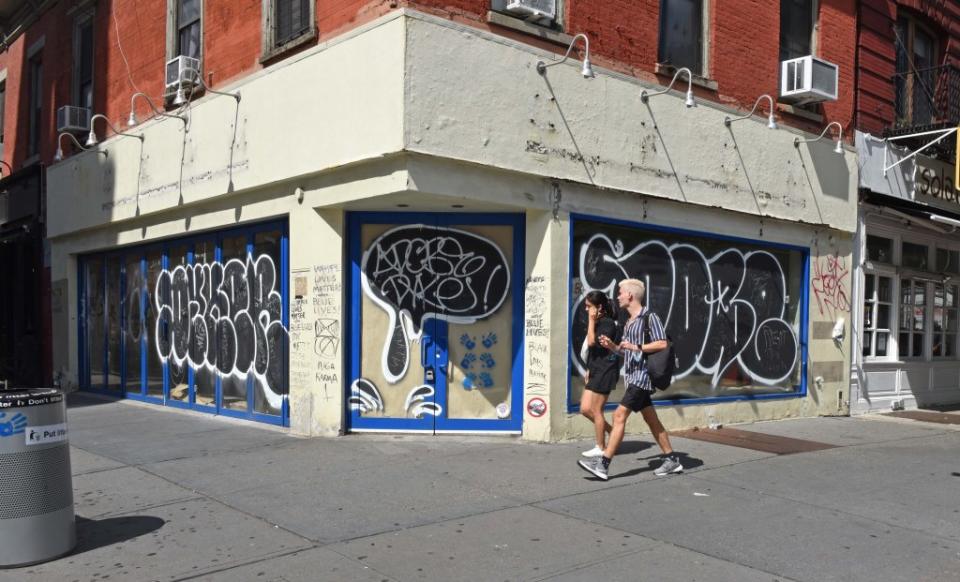
During a City Council Committee on Small Business meeting Wednesday, Calvin Brown, deputy commissioner for neighborhood development, blamed “archaic zoning barriers” for retail space going unused for years.
But council members said retail theft and picky landlords are to blame for the troubling trend, too.
The empty storefronts can lead to quality of life issues like garbage and graffiti as well as feelings of unease among residents, Councilmember Oswald Feliz, chair of the Committee on Small Business, said.
“There’s a Walgreens one minute away from where I live that’s closing down due to retail theft,” Feliz (D-Bronx) said. “Anytime I speak to a small business that is literally the very first issue they bring to us.”
A report released last month estimated that shoplifting cost New York state retailers $4.4 billion in 2022 — with the thefts spiking 64% in the Big Apple between June 2019 and June 2023.
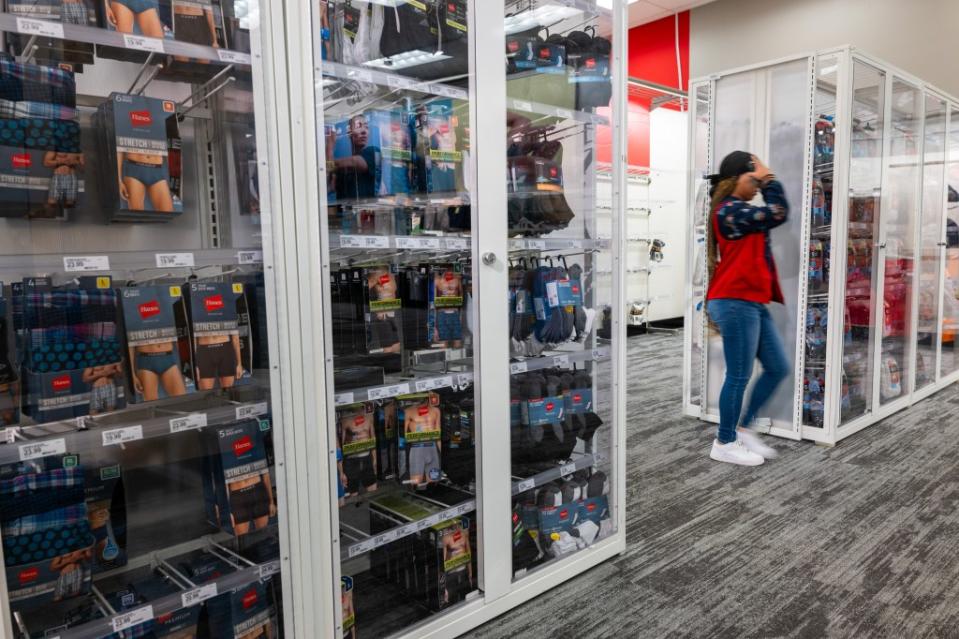
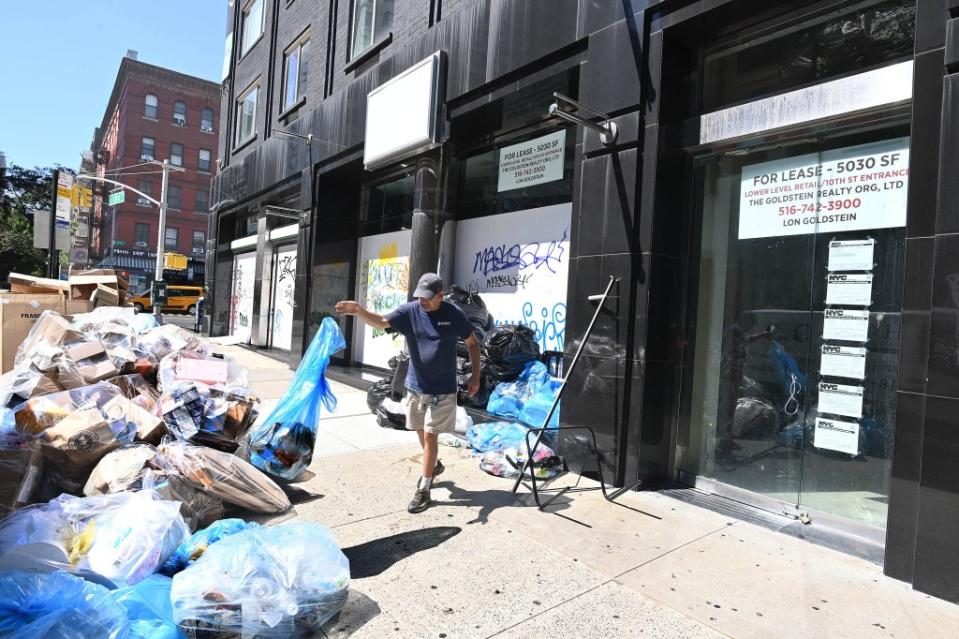
So far this year, city retail thefts are up more than 6.5% — or to 14,910 — compared to the same time frame in 2023, according to the latest NYPD figures.
Councilmember Vickie Paladino said her Queens district hasn’t escaped the shoplifting epidemic.
“We’ve got kids coming in on bicycles and just ransacking a store,” the Republican said. “We can’t sugarcoat the fact that there’s rampant crime in the city that is preventing people from opening small businesses in areas that used to be nice places to go to.”
She said some businesses told her they are “one step away from closing” due to a “shoplifting crisis”.
“We go into a CVS by me on the corner of the block of my office… I went in to buy a tube of toothpaste. It, of course, was locked up as everything is now. But the store manager is keeping one tube of toothpaste behind the lock. It’s insanity,” Paladino said.
Tian Weinberg, chief of staff at the city Department of Small Business Services, said the mayor’s office takes retail theft “very seriously” and has been working with shopkeepers to connect them to local precincts to deal with thefts.
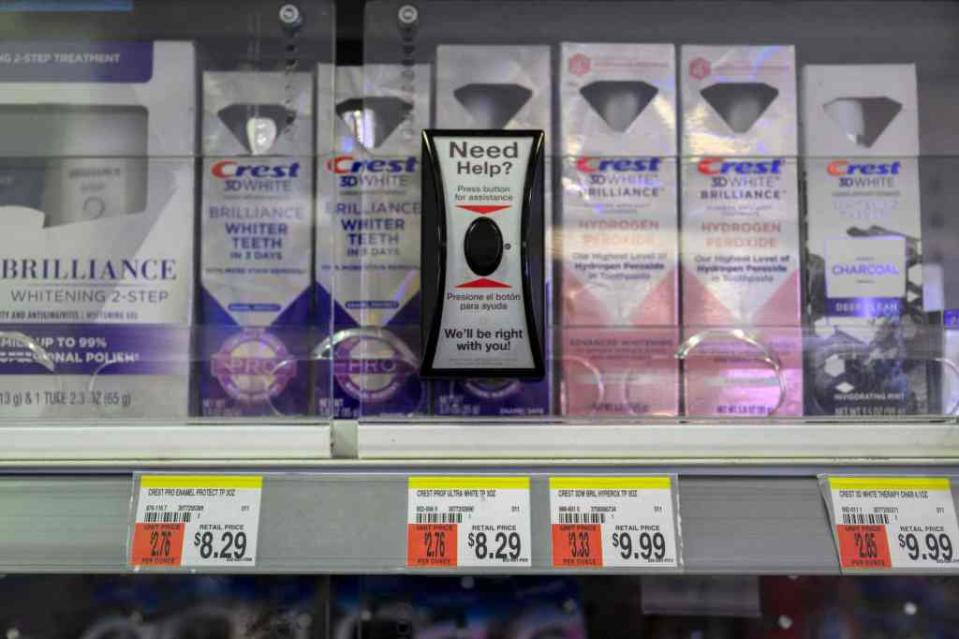
“Our approach has been to engage with the local precinct. They’re able to give walkthroughs to all these local businesses to access their security needs,” Wineberg said.
Brewer said picky landlords are exacerbating the problems, especially in Manhattan, where storefront vacancies are the highest.
She said owners of large retail buildings in her district told her they were waiting for chain stores to move in — with the space sitting empty in the meantime.
Brewer suggested taxing landlords for having vacant storefronts.
“They will keep them vacant for a very long time unless there is some instrument that says this is no longer an option for you,” she said.
Paladino agreed that fines could be a good idea.
“Some of my shopping centers, they’re privately owned. One of my store owners… he is deliberately letting these storefronts go vacant. It’s an eyesore,” she said.
“I hate penalizing people with fines but if it’s the only thing that is really going to shake them up and there’s some sort of consequence,” Paladino added. “Only then are we going to see something really happen here.”
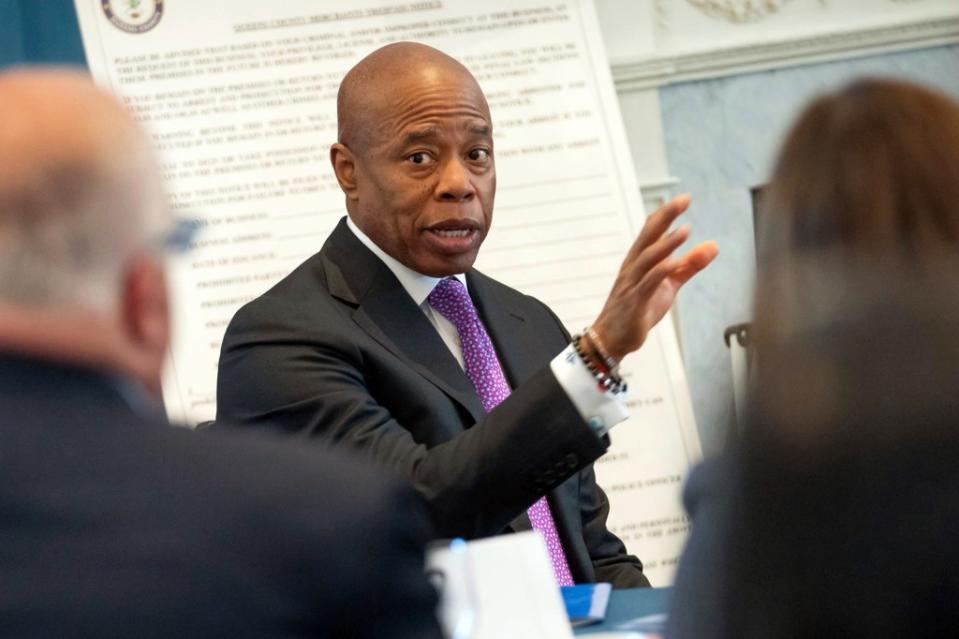
Brown, of the city Neighborhood Development Division, said Mayor Eric Adams’ new “City of Yes” plan –which aims to lift zoning regulations to repurpose spaces — could help by allowing landlords to rent out the retail space to “makers” such as bakeries or pottery studios.
“With these additional uses maybe there’s an opportunity for (landlords) to envision different uses for those spaces that are being left vacant,” Brown said.
But the City of Yes plan would also allow more people to operate small businesses out of their homes, and Jessica Walker, president of the Manhattan Chamber of Commerce, said that’s part of the problem.
“Businesses need customers, but the move to e-commerce and remote work is keeping them away,” Walker testified during the committee meeting.
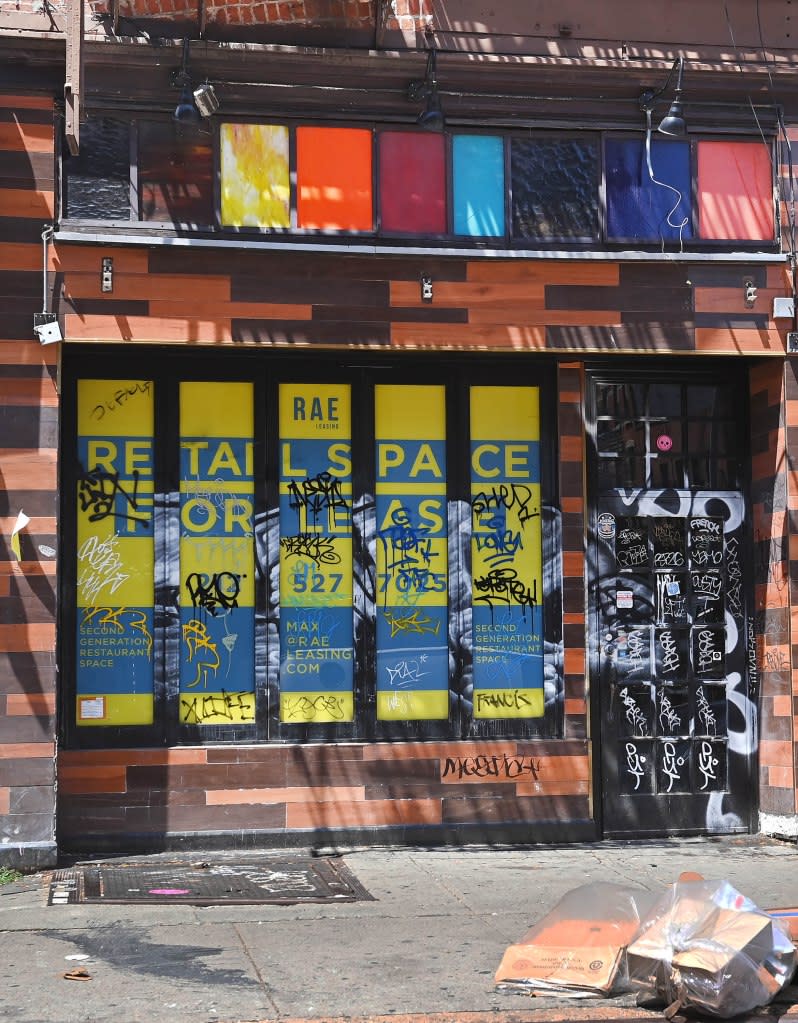
Walker also said she thinks vacant storefront rates will go up even higher once the city cracks down on illegal smoke shops.
“The impact of illegal weed shops is masking the vacant storefront problems. We think it’s much higher,” Walker said.
Paladino agreed.
“It seems like illegal businesses like smoke shops are thriving. These are cash businesses selling illegal products,” Paladino, who said there are more than 30 smoke shops in her district alone, said.
Brown said storefront businesses that are still thriving are juice bars, sports stores and coffee shops.
Toy stores and party supply stores are on the decline, Brown said.
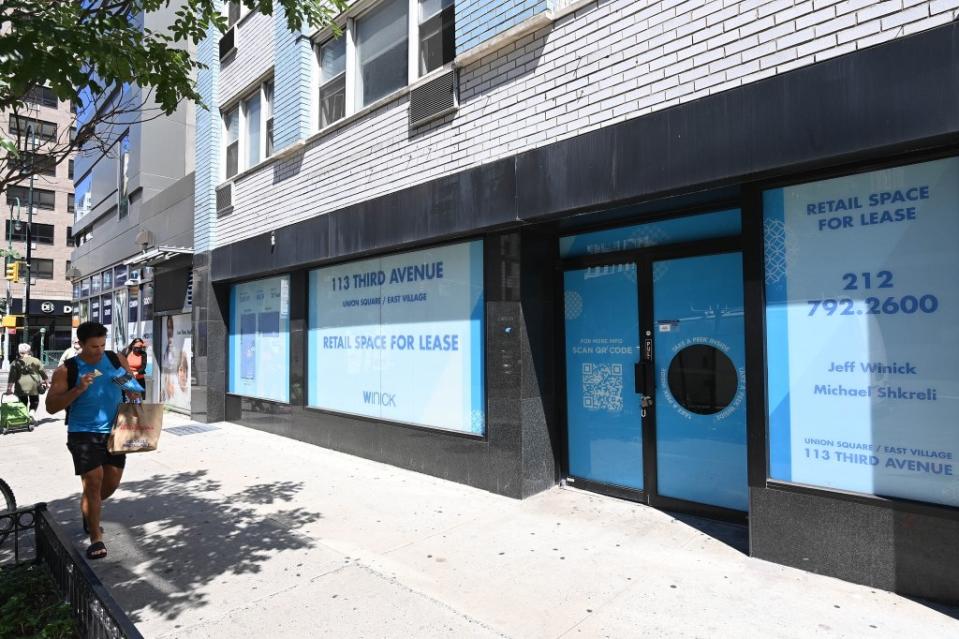
Reaching stores to help with improvements or grants before they close helps avoid adding to the city’s growing vacancy rates, Brown noted.
But Brewer said it’s not realistic to think grants can help stop the snowballing empty storefronts in her borough.
“In Manhattan where rents are high and stakes are high, all these grants are not going to make a difference,” she said.

 Yahoo Finanzas
Yahoo Finanzas 